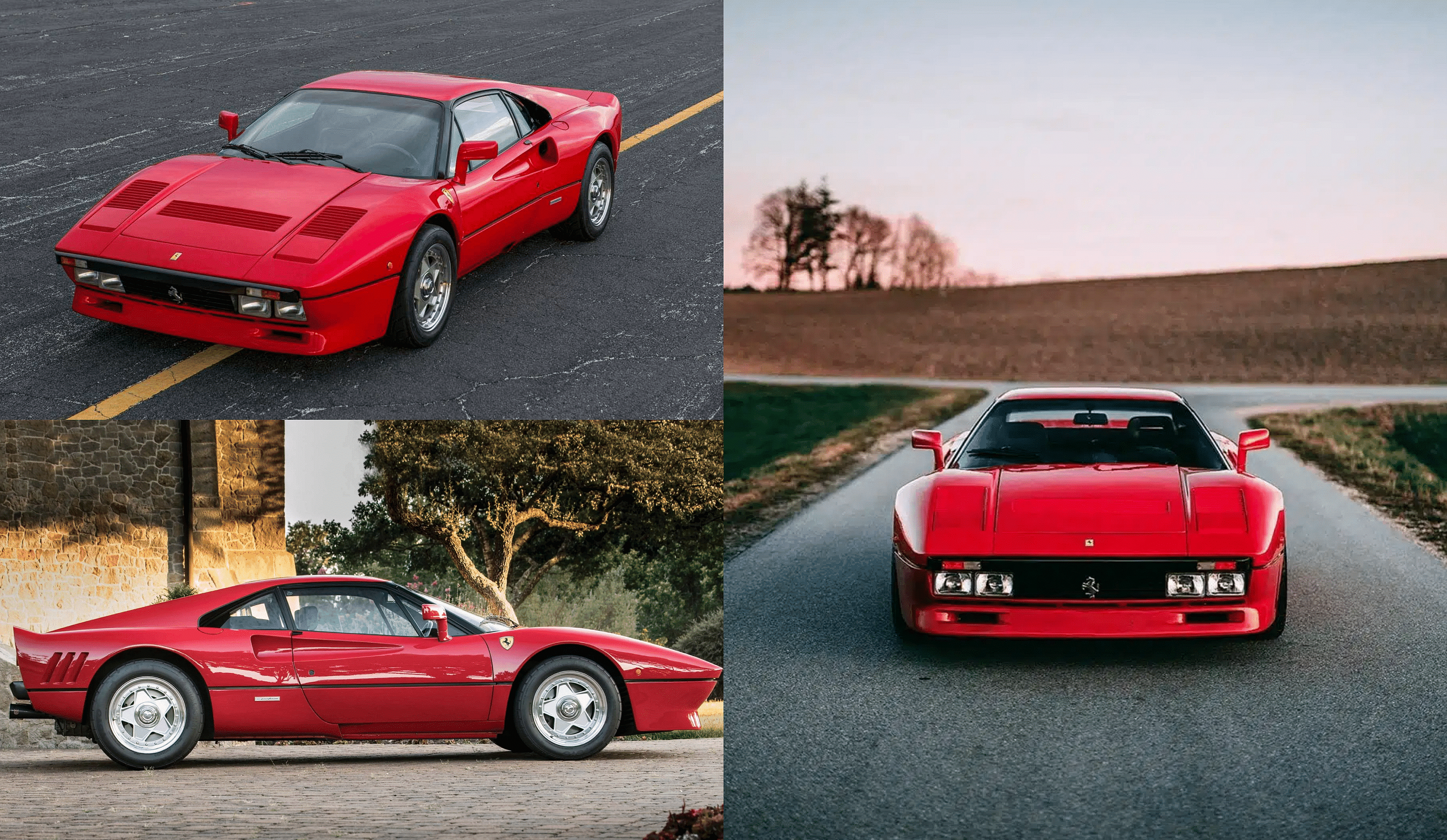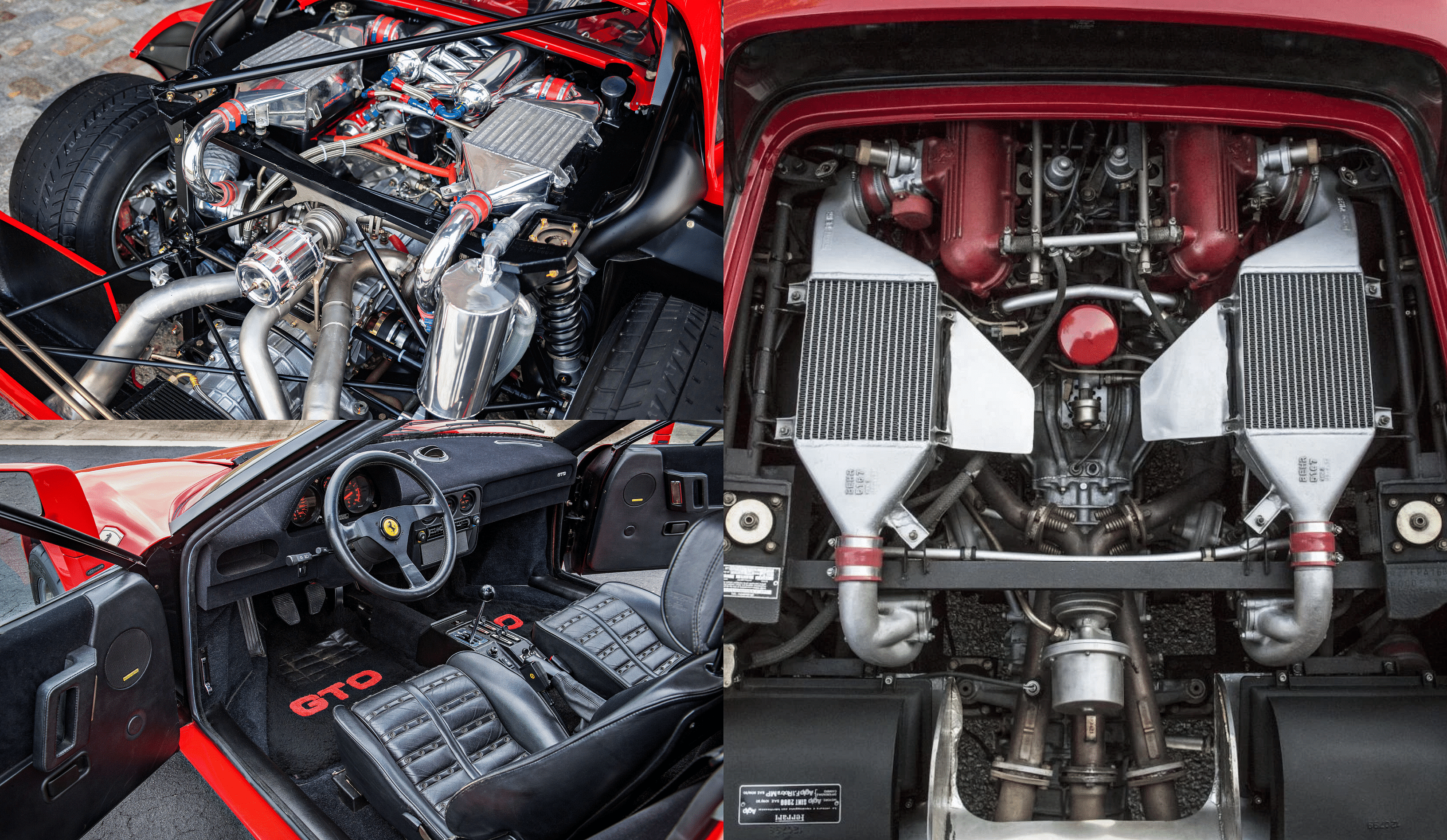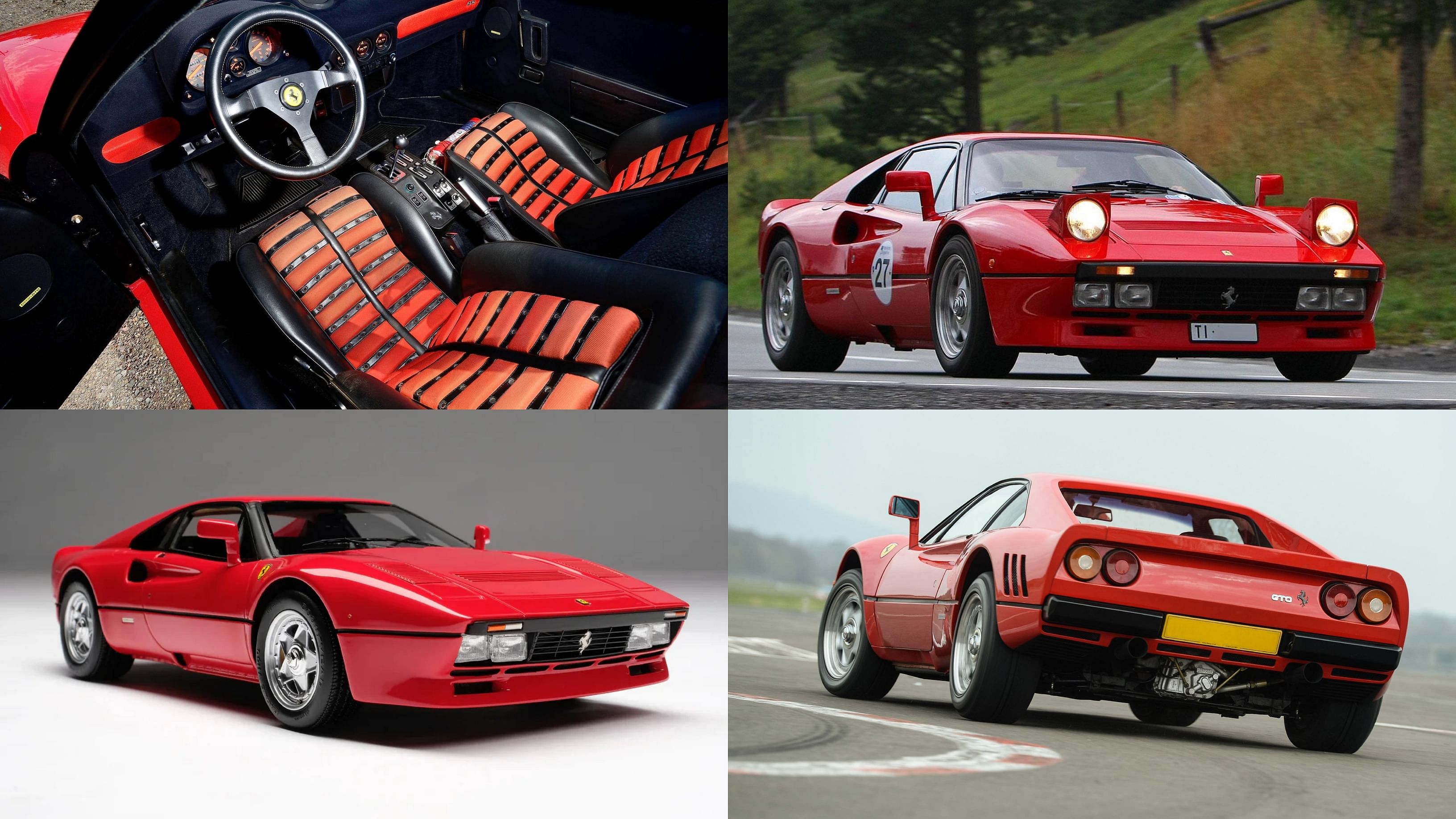Looking Back At Ferrari’s First Supercar, The 288 GTO
The Ferrari 288 GTO is a car that was purpose-built for racing but ended up being a limited-production road car. Featuring a twin-turbo but compact motor, advanced construction, and incredible handling capabilities for its time, the 288 GTO became the first modern supercar to come out of Modena. Other than the Evoluzione, the 288 GTO was in production for a single model year only to fulfill the requirements to get it homologated for Group B racing.
Published January 29, 2024

Back in the 80s, the world of automobiles saw some iconic cars with timeless designs, and the Ferrari 288 GTO is one of them. The car is remembered as the first modern supercar from the Italian car maker but was initially intended for racing. In production for a single year only, the 288 was produced in a limited number of 272 vehicles only, to meet the homologation requirements for Group B racing. With the cancellation of the race for that year, the car became the legendary road car that we know today.
Furthermore, the 288 GTO paved the way for future Ferrari supercars such as the F40, the F50, and the LaFerrari. After its launch, the Ferrari 288 GTO happened to be the fastest and the most powerful car from the Italian marque as well.
Ferrari 288 GTO design
The Ferrari 288 GTO was designed for racing, hence it was constructed utilizing several lightweight materials. A majority of the body panels including the floor pan were made from compressed fiberglass while the engine compartment and the engine cover were made of aluminum. Other than these, the car saw a fair amount of Nomex and Kevlar materials, especially on the engine bay, to make it fire retardant, heat resistant, sturdy, yet lightweight.

The entire chassis of the 288 GTO is made by combining a series of subframes that contain a collection of the car’s internal components. The rear subframe was built in such a way with the drivetrain and the rear suspension so that it can be removed easily and quickly for maintenance. To protect the occupants, Ferrari integrated a complete roll hoop to the B-pillars and the roof, making it track-ready as well.
Engine and performance of the 288 GTO
The powertrain of the Ferrari 288 GTO is none other than the brand’s then-favorite Dino V8. While the motor also powered the 308 GTB, it was changed extensively for the 288 GTO. The displacement was reduced to 2.8 liters from 3.0 liters and a twin-turbocharging forced induction system was added, a treatment that Ferrari did with its F1 cars previously. The motor was given dual overhead camshafts and the cylinder heads were Nikasil lined. The fuel injection system was sourced from Weber-Marelli and the pistons were made with a flat-top design. To keep the weight in check, the engine got lighter connecting rods, its crankshaft made from forged steel, and the sump made from magnesium alloy.

Additionally, the engine was mounted longitudinally as compared to the transverse mounting on the 308 GTB. In this way, the engine bay had additional space to accommodate the twin turbochargers. The turbocharger units were also changed from KKK units which were used in F1 to IHI units and got top-mounted intercoolers. All this engineering mastery resulted in then-outlandish output numbers of 400 hp and 366 lb-ft of torque. In a straight line, the 288 GTO was able to hit 60 mph in under 4.9 seconds and achieved a top speed of 189 mph.
Interior and pricing
Coming to the interior and comfort part of the Ferrari 288 GTO, the car had a semi-spartan interior even though the car was meant for racing. The driver and the passenger got strong but lightweight sports seats with a Kevlar frame along with adequate cushioning. The driving position was just about right, a practice that we see even in current Ferrari cars. For enhanced visibility at all times, the dashboard was covered by a non-reflective covering that eliminated any reflections during day time.

For general amenities, the 288 GTO had almost none other than the power window controls. However, it has a space for installing an aftermarket audio system though. Thankfully, the car got climate control and the classy, 80s-style toggle switches look intuitive even today. The center console is majorly occupied with the steel gear shifter stick along with auxiliary control switchgear.
The 288 GTO wasn’t officially available in the US back in 1984 but people wanted the car by any means. As a result, the dedicated buyers got the car imported through the gray market and it had a US equivalent MSRP of $83,400 in 1984. Presently, a well-preserved example of the 288 GTO can fetch as much as $3.5-$4 million through an auction.
Write a comment
Comments
No Comments Yet









